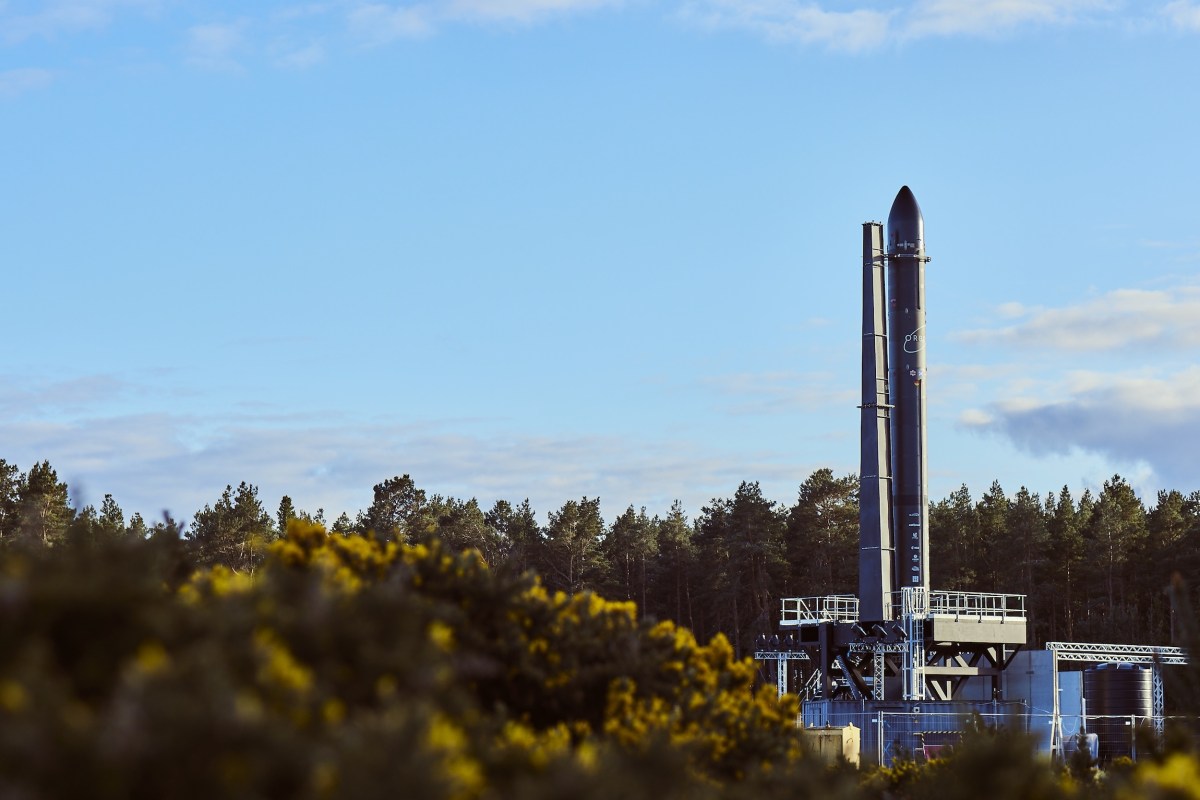UK-based small launch developer Orbex got another boost from Scotland’s national bank and other investors as it gears up for its first orbital launch, though that mission still does not have a set date. Founded in 2015, Orbex is one of a handful of firms racing to develop the next generation of European launch vehicles. […]
© 2024 TechCrunch. All rights reserved. For personal use only.
UK-based small launch developer Orbex got another boost from Scotland’s national bank and other investors as it gears up for its first orbital launch, though that mission still does not have a set date.
Founded in 2015, Orbex is one of a handful of firms racing to develop the next generation of European launch vehicles. These companies are looking to fill the massive gap left by the retirement of the Ariane 5 and major delays to the Ariane 6 and Vega C rockets; the absence of these vehicles means there is essentially zero native launch capacity coming out of Europe.
But the absence also means opportunity for Orbex. The company is developing what’s sometimes called a microlauncher: a two-stage vehicle called Prime that stands just 19 meters tall, designed to carry payloads up to 180 kilograms. The closest comparison is Rocket Lab’s Electron, which is a meter shorter but can carry up to 300 kilograms.
To Orbex, this small stature is a benefit, not a drawback, and Orbex CEO Philip Chambers told TechCrunch via email that the company is seeing “positive market conditions” for its product.
“We are seeing an exponential growth of satellites being launched into LEO and demand for launch is far exceeding supply – at the present time it’s not possible to launch a single kilogram from Europe and there is pent-up demand for sovereign launch capabilities,” he said. “We will offer freedom of action to European customers to be in control of their own launches and launch European Payloads from European soil.”
Prime will be launched from a new spaceport in Sutherland, northern Scotland, which is being constructed with the help of funding from UK’s national space agency. The aim is eventually to incorporate a patented recovery technology which the company calls REFLIGHT. This is an interstage structure that sits between the rocket stages; after the booster detaches, four ‘petals’ will fold out and, along with a parachute, create enough drag to enable a soft ocean splashdown.
A larger vehicle could eventually be in the plans as well, though Chambers was clear that Prime was the company’s first priority. However, he said that many of that rocket’s core technologies could scale to support larger payloads.
“The laws of physics dictate that if you want to compete on cost per kg you need to do this with larger vehicles, therefore, I think that it makes sense for Orbex to consider this.”
The company is kicking off its Series D with £16.7 million ($20.7 million) in fresh funding, with additional contributions from Octopus Ventures, BGF, Heartcore, EIFO and others. The new capital comes after Orbex closed a £40.4 million ($50 million) Series C in October 2022. While a spokesperson confirmed the new funding will “help Orbex ramp up the development of Prime … to ensure full readiness and scalability for its launch period,” a firm launch window has yet to be announced.

Leave a Reply